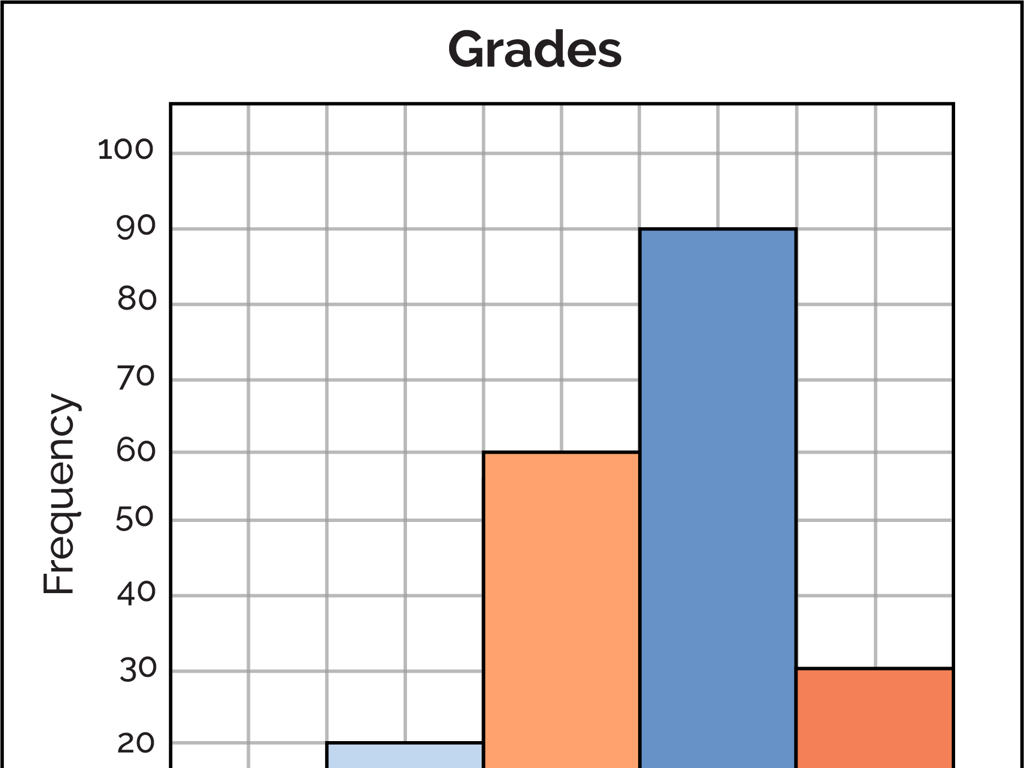English Language Artssticity
Subject: Economics
Grade: High school
Topic: Microeconomics
Please LOG IN to download the presentation. Access is available to registered users only.
View More Content
Introduction to Microeconomics
– Basics of Microeconomics
– Study of individual, household, and firm behavior in decision making and allocation of resources.
– Microeconomics in Daily Life
– How buying choices, savings, and work are influenced by economic principles.
– Supply and Demand Dynamics
– Interaction between product availability and consumers’ desire affects prices.
– Decision Making and Economics
|
This slide introduces students to the fundamental concepts of microeconomics, which is the study of economic behavior at the individual and firm level. It’s important to highlight how microeconomics differs from macroeconomics by focusing on the smaller scale economic activities. Discuss how everyday decisions, such as purchasing goods or services, saving money, or choosing a job, are influenced by economic principles. Explore the concept of supply and demand, and how their interaction determines the price of goods and services in the market. Encourage students to think about how they make choices every day based on their own needs, wants, and budget constraints, and how these decisions are microeconomic in nature.
Demand, Supply, and Market Equilibrium
– Define demand and its determinants
– Demand: quantity of a product consumers are willing to buy at different prices
– Define supply and its determinants
– Supply: quantity of a product that producers are willing to sell at different prices
– Market equilibrium explained
– Equilibrium: point where quantity demanded equals quantity supplied
– Role of price in equilibrium
– Price adjusts to clear the market, balancing demand and supply
|
This slide introduces the fundamental concepts of demand and supply, and how they interact to create market equilibrium. Demand is the willingness and ability of consumers to purchase a good at various price levels, influenced by factors such as income, tastes, and price of related goods. Supply represents how much the market can offer, influenced by production costs, technology, and seller’s expectations. Market equilibrium is achieved when the quantity demanded by consumers equals the quantity supplied by producers, with the equilibrium price being the price at which this occurs. Understanding these concepts is crucial for students to analyze how markets work and predict changes in response to external factors. Encourage students to think of real-life examples where they have seen prices change due to shifts in demand or supply.
Elasticity of Demand and Supply
– Define price elasticity of demand
– Measure of how quantity demanded changes with price
– Elastic vs inelastic goods
– Elastic goods: luxury items; Inelastic goods: necessities
– Understand elasticity of supply
– How quantity supplied responds to price changes
– Real-world applications
|
This slide introduces the concept of elasticity in economics, which is crucial for understanding market dynamics. Price elasticity of demand quantifies how sensitive the quantity demanded of a good is to its price. Students should learn that goods with elastic demand change significantly with price fluctuations, such as luxury items, while inelastic goods, like basic necessities, are less sensitive to price changes. Elasticity of supply, on the other hand, measures how the quantity of a good that a supplier is willing to produce and sell is affected by changes in the price. Discuss real-world examples to illustrate these concepts, such as how gas prices affect consumer behavior and production levels. Encourage students to think of other examples and consider the implications of elasticity on business strategies and economic policies.
Understanding Consumer Choice Theory
– Exploring Utility & Satisfaction
– Utility measures happiness from goods/services.
– Budget Constraints Impact
– How spending limit affects purchasing decisions.
– Indifference Curve Analysis
– Graph showing combinations of goods that give the same satisfaction level.
– Optimizing Consumer Choices
– Consumers aim for the highest satisfaction within their budget.
|
This slide introduces the fundamental concepts of Consumer Choice Theory in microeconomics. Begin by explaining ‘utility,’ a term used to describe the level of satisfaction or happiness a consumer receives from consuming goods and services. Discuss how budget constraints limit consumer choices, as individuals must make decisions based on their financial limitations. Introduce the indifference curve as a graphical representation of consumer preference, showing different combinations of goods that provide equal utility. Finally, tie these concepts together by discussing how consumers make choices to maximize their utility given their budget constraints. Use examples relevant to high school students, such as choosing between different technology gadgets or clothing brands within a set budget.
Production and Costs in Microeconomics
– Short-Run vs. Long-Run Production
– Short-run: some inputs fixed; long-run: all inputs variable.
– Fixed vs. Variable Costs
– Fixed costs: rent, salaries; variable costs: materials, labor.
– Law of Diminishing Returns
– Output increases at a decreasing rate when more units of a variable input are added to fixed inputs.
– Analyzing Production Costs
|
This slide introduces key concepts in microeconomics related to production and costs. In the short run, certain inputs (like equipment) cannot be changed, while in the long run, firms can adjust all factors of production. Students should understand the difference between fixed costs (which do not change with the level of output) and variable costs (which vary with output). The Law of Diminishing Returns is a crucial concept that explains how adding more of one factor of production, while holding others constant, will eventually yield lower per-unit returns. Encourage students to think of real-life examples, such as a factory hiring more workers but not increasing the number of machines, which could lead to inefficiencies. This understanding is fundamental for analyzing production costs and making effective business decisions.
Understanding Market Structures
– Perfect Competition Traits
– Many sellers, identical products, and free entry/exit
– Monopoly: Definition & Impact
– Single seller dominates, setting prices with significant market power
– Monopolistic Competition
– Many sellers, differentiated products, some market power
– Oligopoly Characteristics
– Few firms dominate, interdependent pricing, barriers to entry
|
This slide aims to introduce students to the various market structures in microeconomics. Start by explaining the characteristics of perfect competition, where many sellers offer identical products and there are no barriers to entering or exiting the market. Then, discuss a monopoly, where a single seller has significant market power and can influence prices and output. Monopolistic competition should be explained as a scenario with many sellers offering differentiated products, leading to some degree of market power. Lastly, describe an oligopoly as a market dominated by a few large firms that are interdependent and face barriers to entry. Use real-world examples to illustrate each market structure, such as agriculture markets for perfect competition, utility companies for monopoly, clothing brands for monopolistic competition, and automobile manufacturers for oligopoly.
Market Failures and Government Intervention
– Understanding externalities
– Costs/benefits not reflected in market prices, e.g., pollution
– Public goods explained
– Non-excludable and non-rival goods, like lighthouses or national defense
– Government’s corrective role
– Implementing taxes, subsidies, regulations to address inefficiencies
– Intervention examples
– Emissions trading systems, public healthcare, education funding
|
This slide aims to explain the concept of market failures, where free markets fail to allocate resources efficiently, and the necessity of government intervention. Externalities occur when a third party is affected by a transaction they are not a part of, like pollution affecting the environment. Public goods are those that are non-excludable and non-rival, meaning they are available to all and one person’s use does not reduce availability to others. The government can correct market failures through various means such as taxes, subsidies, and regulations. Examples include cap-and-trade systems for emissions, public funding for healthcare and education, and more. Encourage students to think critically about the balance between free markets and government intervention, and discuss the implications of these policies on society and the economy.
Class Activity: Market Simulation
– Divide class into consumers and producers
– Engage in a supply and demand simulation
– Observe market interaction outcomes
– Note the equilibrium point where supply equals demand
– Discuss real-world market applications
– Relate outcomes to real market scenarios like stock market or farmers’ markets
|
This activity aims to provide students with a hands-on understanding of how markets operate through the lens of supply and demand. By dividing the class into consumers and producers, students can role-play market interactions, negotiate prices, and make trades. The teacher should facilitate the simulation by setting initial conditions for supply and demand and then allow the students to interact freely within those constraints. After the simulation, lead a discussion on how the activity mirrors real-world economics, such as price setting in competitive markets and the impact of market forces on production and consumption. Possible variations of the activity could include introducing government regulations, exploring the effects of monopolies, or simulating a stock market. The goal is for students to grasp the dynamic nature of economics and the interconnectedness of market participants.





